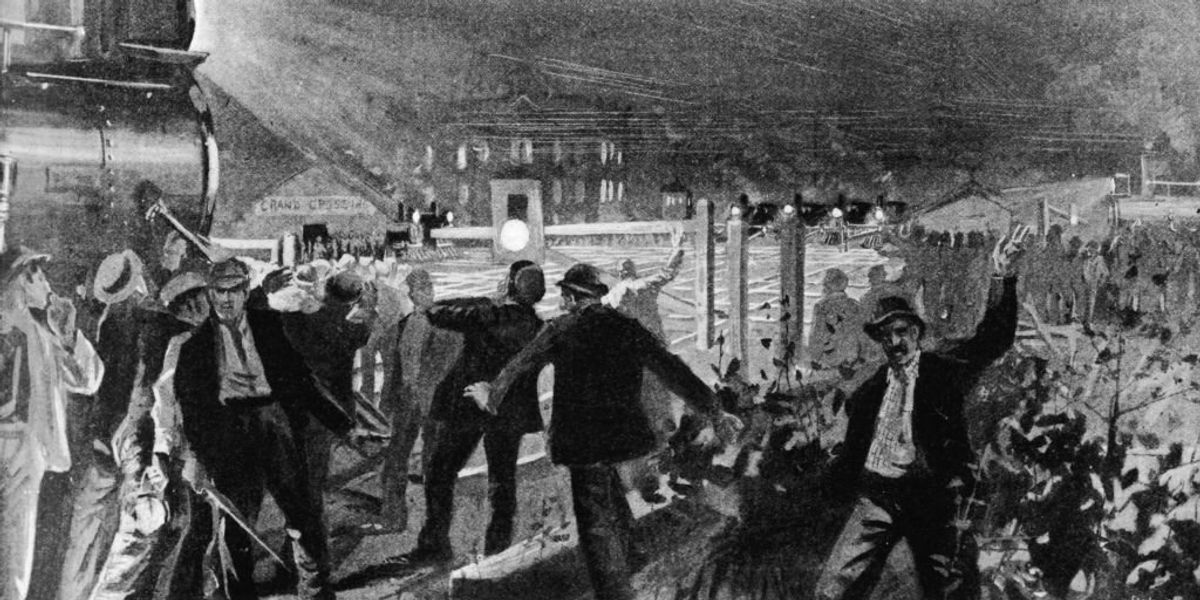Brutal Conditions Plagued Late 19th Century Factories and Mines
Workers in factories and mines faced brutal and dangerous conditions during the late 1800s, characterized by long hours, low wages, and unsafe environments, leading to widespread suffering and calls for reform.
Overview
- Industrial workplaces, including factories and mines, subjected laborers to extremely harsh and dangerous conditions throughout the late 1800s, significantly impacting their health and well-being.
- Workers routinely faced grueling long hours, often exceeding 12-hour shifts, combined with meager wages that barely provided for their families' basic necessities, perpetuating poverty.
- Safety standards were virtually absent, resulting in frequent and severe accidents, injuries, and fatalities due to dangerous machinery, inadequate ventilation, and hazardous working environments.
- Child labor was a widespread issue, with young children employed in perilous roles for minimal pay, intensifying the exploitation and suffering experienced by working-class families.
- These brutal and exploitative conditions ultimately sparked widespread social discontent, laying the foundation for emerging labor movements advocating for improved worker rights and safety regulations.
Report issue

Read both sides in 5 minutes each day
Analysis
Center-leaning sources frame this story by immediately linking the historical significance of Labor Day to contemporary political protests. They emphasize "Workers Over Billionaires" events targeting President Trump and his supporters, presenting these specific demonstrations as the primary modern expression of the holiday's spirit. This editorial choice highlights a particular political narrative, suggesting a continuity of struggle against specific economic and political forces.
Articles (5)
Center (1)
FAQ
Workers faced extremely hazardous conditions including long hours often exceeding 12 hours per day, low wages insufficient to meet basic needs, lack of safety standards leading to frequent accidents and fatalities, exposure to dangerous machinery and poor ventilation, and widespread child labor that increased exploitation.
Labor reforms included demands for better safety standards in factories, the end of child labor, improved wages, and reasonable working hours. These reforms led to the growth of labor unions and legislation requiring factory inspections and safety regulations, particularly after tragic events like the 1911 Triangle Shirtwaist Factory fire.
Labor movements organized workers to demand fair wages, safer working conditions, and reasonable hours. These movements gained traction partly through unions and public awareness campaigns, leading to new laws and factory regulations. Social reformers and writers also exposed exploitative conditions, further pressuring governments to enact reforms.
Child labor was widespread, with children assigned dangerous and low-paid work in factories and mines. This intensified the exploitation of working-class families and heightened social concerns that propelled calls for reform.
The 1911 Triangle Shirtwaist Factory fire in New York City, which resulted in the deaths of approximately 146 workers, drastically exposed unsafe factory conditions and motivated the implementation of new safety laws and the creation of factory inspection commissions.
History
- This story does not have any previous versions.





